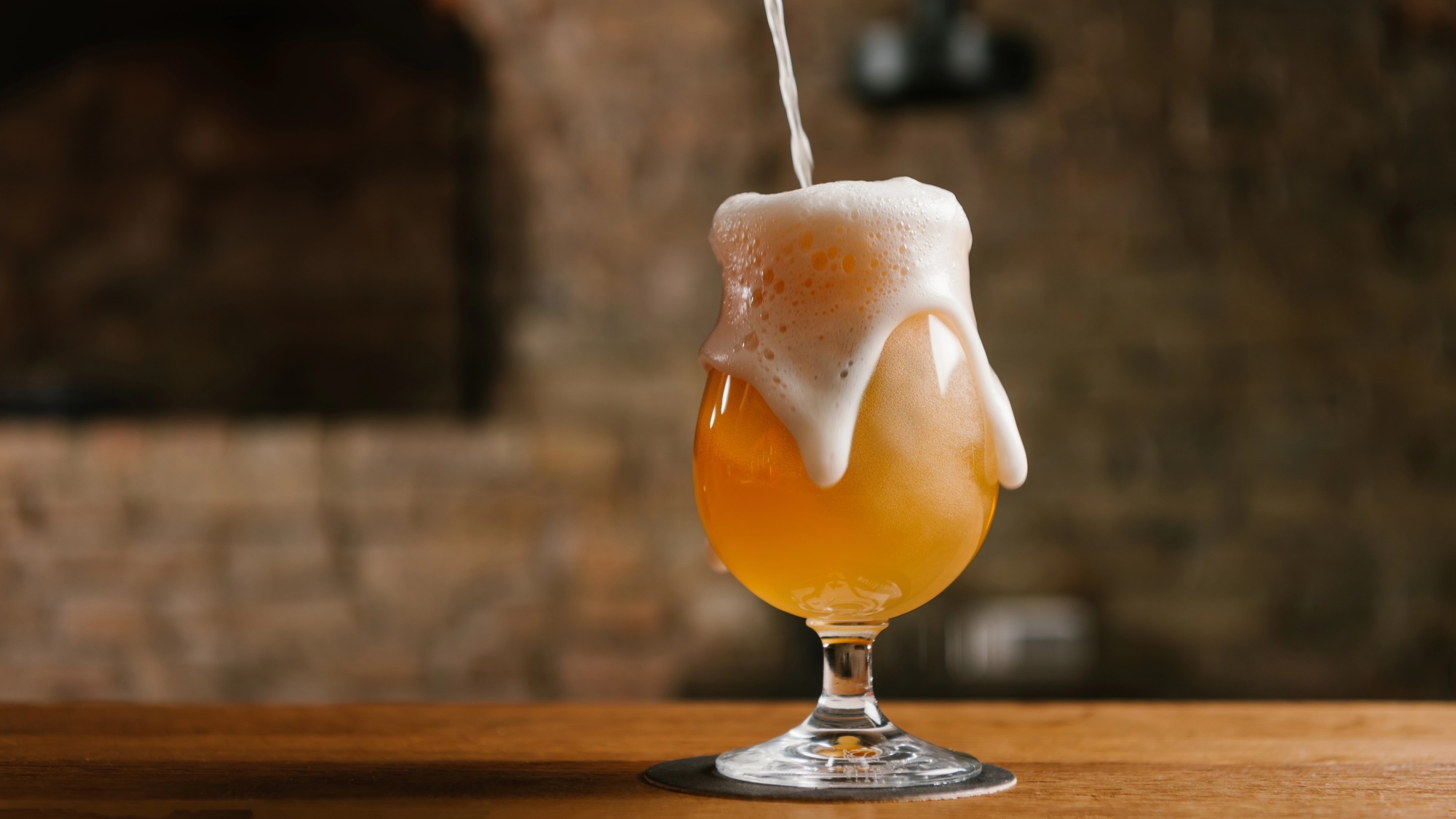Now Reading: The Science Behind Perfect Beer Foam
-
01
The Science Behind Perfect Beer Foam
The Science Behind Perfect Beer Foam

Quick Summary
- Researchers from ETH Zurich and Eindhoven University of technology studied the mechanics of beer foam to better understand its stability.
- Their findings, published in Physics of Fluids (August 26), focus on how proteins stabilize foams during fermentation.
- Key protein, lipid transfer protein 1 (LTP1), was identified as crucial for foam stabilization:
– In single fermentation beers, LTP1 forms spherical particles creating a stable structure.
– In second fermentation brews, yeast alters LTP1 into a membrane-like structure for further stabilization.
– In third fermentation beers like Trappist ales, fragmented LTP1 proteins enhance foam stability by reducing surface tension via Marangoni stresses.
- The study concludes that foam stability is influenced by multiple factors simultaneously and not simply by viscosity or singular interactions.
- Applications for this research extend beyond brewing and coudl help develop safer lubricants in electric vehicles or eco-pleasant surfactants.
Indian Opinion Analysis
The detailed inquiry into beer foams has far-reaching implications beyond improving brewing techniques. For India, where scientific innovation is essential to industries like food processing and manufacturing, such studies highlight the meaning of cross-disciplinary research. With the rise in demand for sustainable solutions globally-and the pressures to reduce ecological footprints-this work demonstrates how essential material science can led to improvements in product advancement.
India’s vibrant craft beer industry might directly benefit from these findings by employing advanced brewing techniques to compete internationally while maintaining environmental obligation.Beyond beverages, adopting insights into eco-friendly surfactant alternatives could align with India’s sustainability goals across diverse industrial applications such as detergents or lubricant production.



























